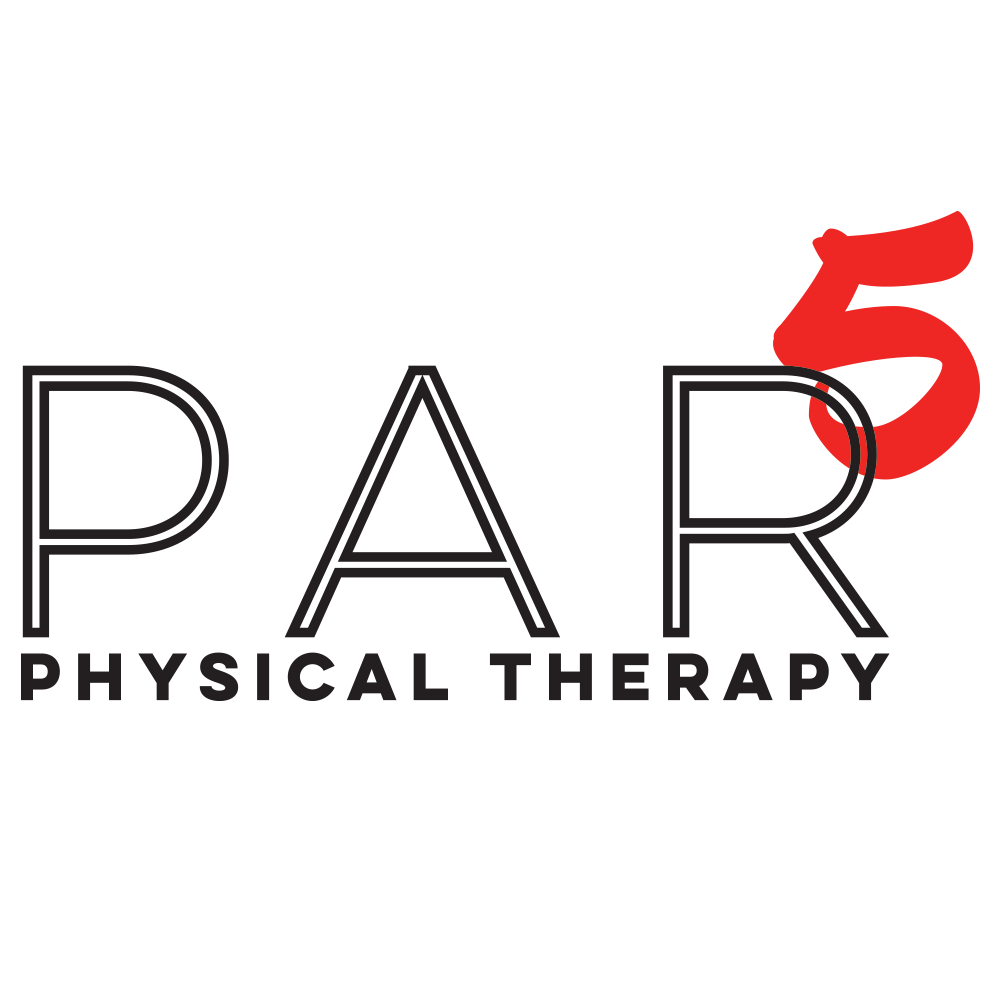Mastering the Push-Up: How Proper Form Prevents Shoulder Pain
The push-up is one of the most fundamental and effective exercises for building upper body strength, but it’s also an exercise that can lead to shoulder pain if not performed correctly. Whether you’re a seasoned athlete or just starting your fitness journey, understanding the importance of proper push-up form is essential for preventing shoulder injuries and getting the most out of this classic exercise.
The Importance of Proper Push-Up Form:
Push-ups are a compound exercise that engages multiple muscle groups, including the chest, shoulders, triceps, and core. When done correctly, they can enhance strength, stability, and overall fitness. However, poor form can put excessive strain on the shoulders, leading to pain and potential injury. By focusing on proper technique, you can protect your shoulders while maximizing the benefits of the exercise.
Common Push-Up Mistakes That Cause Shoulder Pain:
Flared Elbows:
One of the most common mistakes is allowing the elbows to flare out wide to the sides during the push-up. This position places unnecessary stress on the shoulder joints and can lead to impingement or overuse injuries. Instead, aim to keep your elbows at a 30-45 degree angle from your body, which allows for better alignment and reduces strain on the shoulders.
Hands Too Wide or Too Narrow:
Hand placement plays a crucial role in shoulder health during push-ups. Placing your hands too wide can increase the load on your shoulders, while placing them too narrow can strain the wrists and elbows. The ideal hand position is slightly wider than shoulder-width apart, with the fingers pointing forward. This alignment helps distribute the load evenly across your upper body and protects the shoulder joints.
Sagging Hips or Lower Back:
Another common mistake is letting the hips sag or the lower back arch during push-ups. This not only compromises the effectiveness of the exercise but also increases the risk of shoulder pain. When your core is not engaged, your shoulders take on more of the load, which can lead to strain. To avoid this, focus on maintaining a straight line from your head to your heels, engaging your core and glutes throughout the movement.
Incomplete Range of Motion:
Performing push-ups with a limited range of motion—such as not lowering yourself all the way down—can lead to muscle imbalances and joint strain. Incomplete reps often place more stress on the shoulders and reduce the overall effectiveness of the exercise. To perform a full push-up, lower your body until your chest touches the ground, then press back up to full extension.
Tips for Performing Push-Ups Safely:
Warm-Up Properly:
Before diving into push-ups, it’s important to warm up your shoulders, chest, and core. Dynamic stretches, such as arm circles, shoulder rotations, rotator cuff strengthening exercises, and plank variations, can help prepare your muscles and joints for the exercise.
Focus on Quality Over Quantity:
It’s better to perform fewer push-ups with proper form than to push through multiple reps with poor technique. Start with a number of reps that you can perform with perfect form, and gradually increase as your strength and endurance improve.
Modify When Needed:
If you’re struggling with standard push-ups, consider modifying the exercise to reduce the load on your shoulders. Knee push-ups, elevated push-ups (with hands on a raised surface), or eccentric push-ups (focusing on the lowering phase) are great alternatives that allow you to build strength without compromising form.
Strengthen Supporting Muscles:
Incorporate exercises that strengthen the muscles supporting the shoulders, such as scapular retractions, external rotations, and rows. A balanced workout routine that includes these exercises can enhance shoulder stability and reduce the risk of pain or injury during push-ups.
Push-ups are a powerful exercise, but only when performed with proper form. By paying attention to key elements like elbow positioning, hand placement, core engagement, and range of motion, you can prevent shoulder pain and make the most of this classic move. Remember, quality trumps quantity when it comes to push-ups, so take the time to master the technique and build strength safely. If you’re experiencing shoulder pain or discomfort during push-ups, consider consulting a physical therapist to assess your form and address any underlying issues. With the right approach, you can continue to enjoy the benefits of push-ups while keeping your shoulders healthy and pain-free. Take a look at this video for how a good push-up is performed:
PAR 5 Physical Therapy specializes in helping active individuals in Morris County, NJ get back to exercising and working out pain-free without taking time off or relying on injections/pain medication. PAR5PT offers physical therapy and performance services to all populations, with specialties in Orthopedics, Golf Fitness Training and Rehab, Manual Therapy Techniques, and Wellness Services.
If you’re dealing with anything, big or small, and you have questions, just call/text 973-490-4955.

